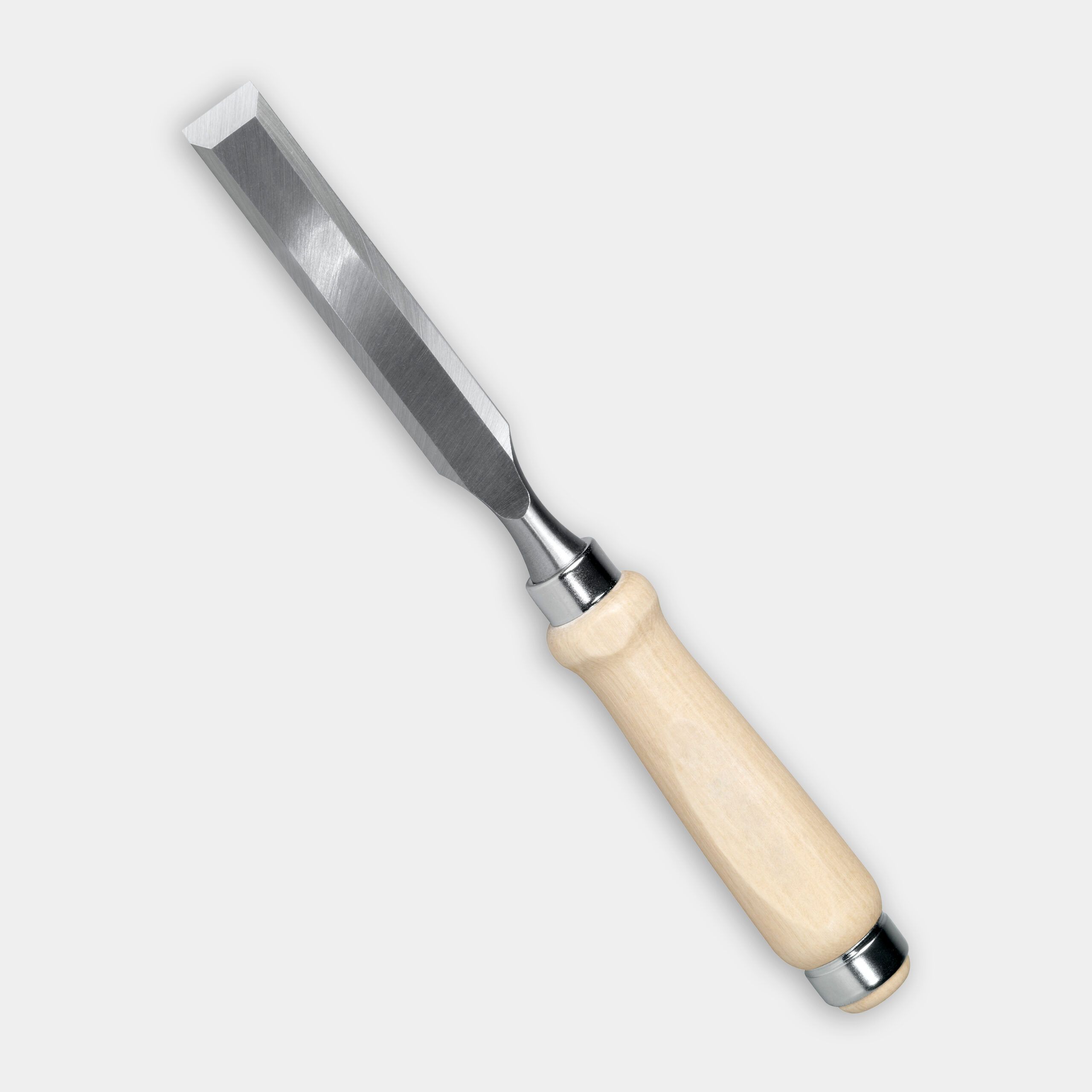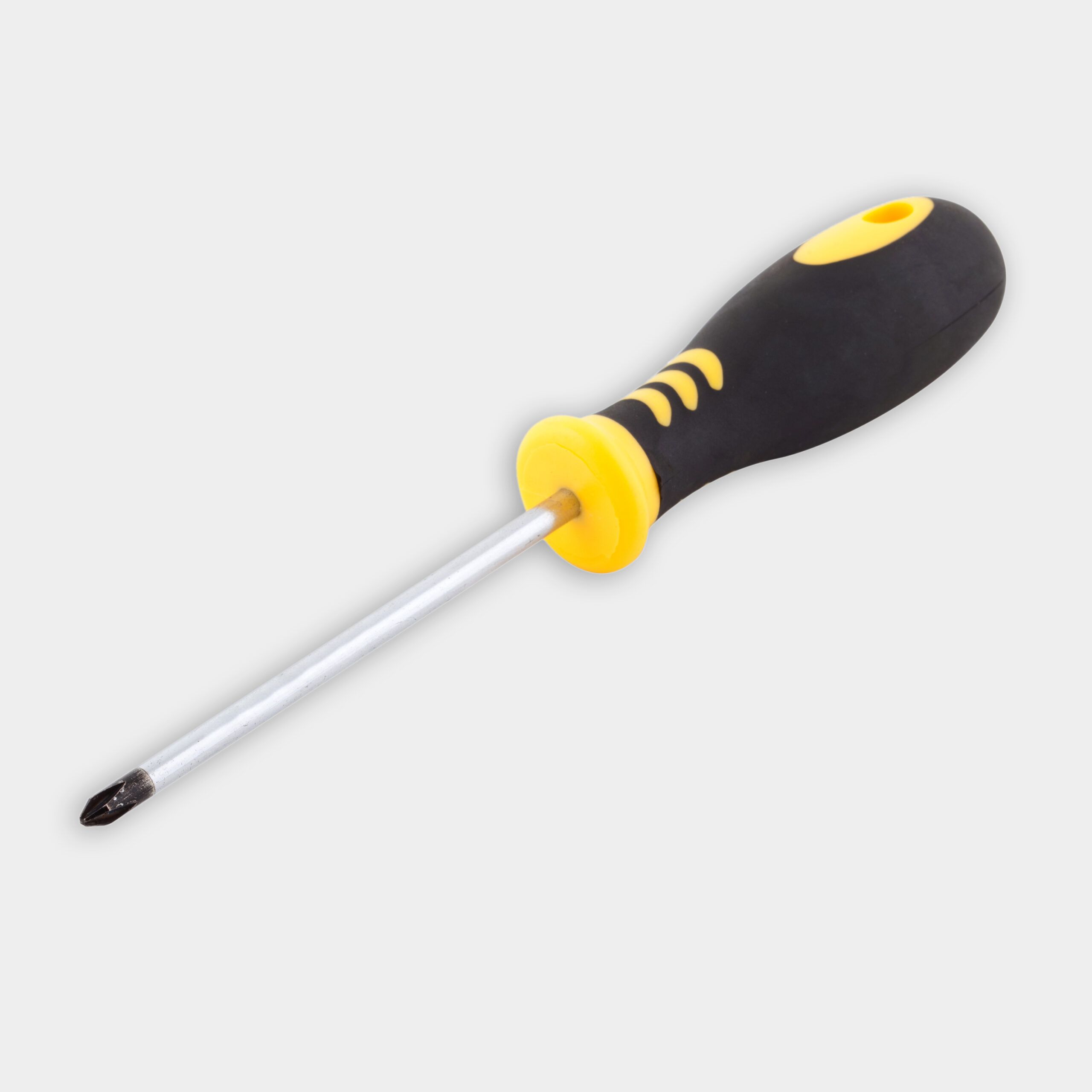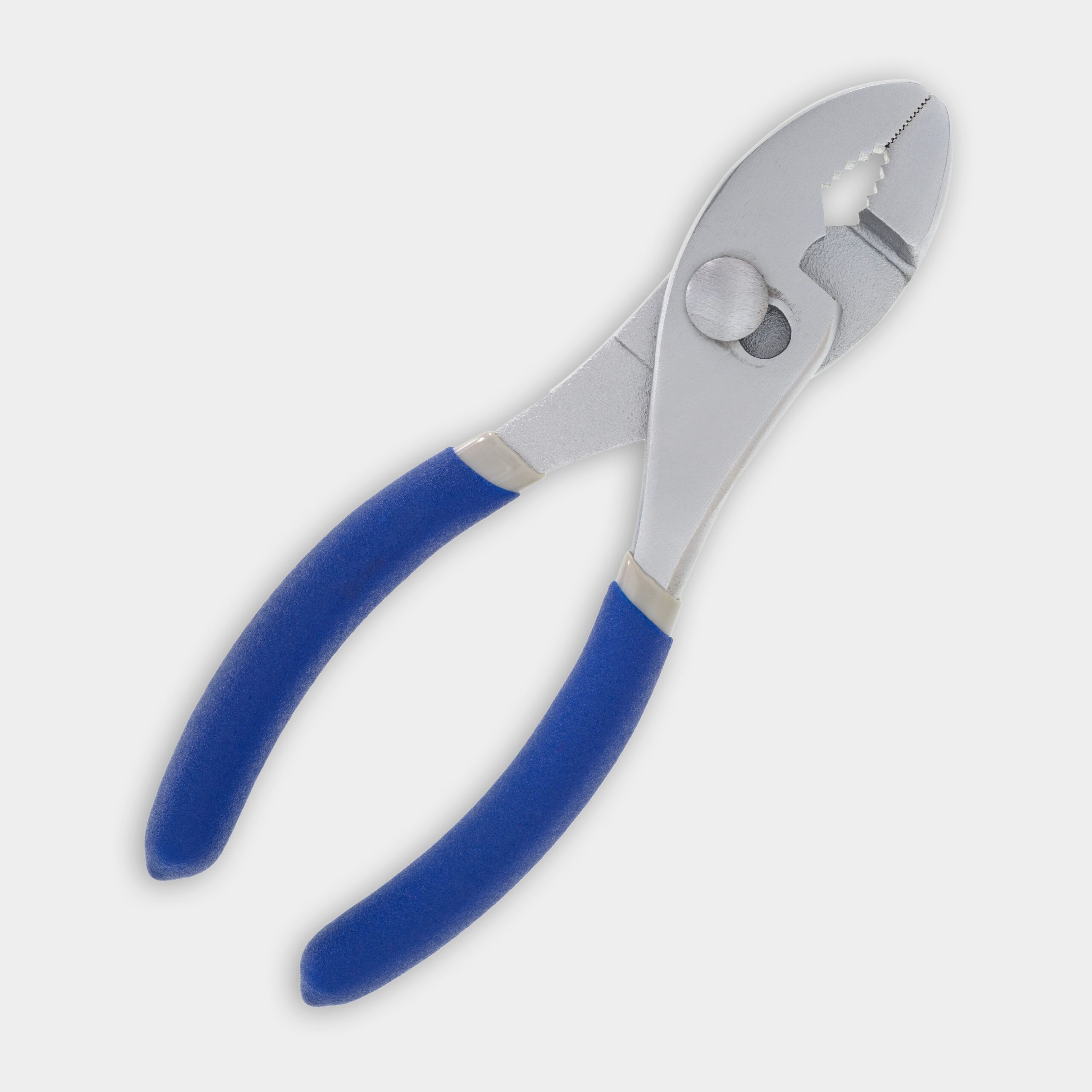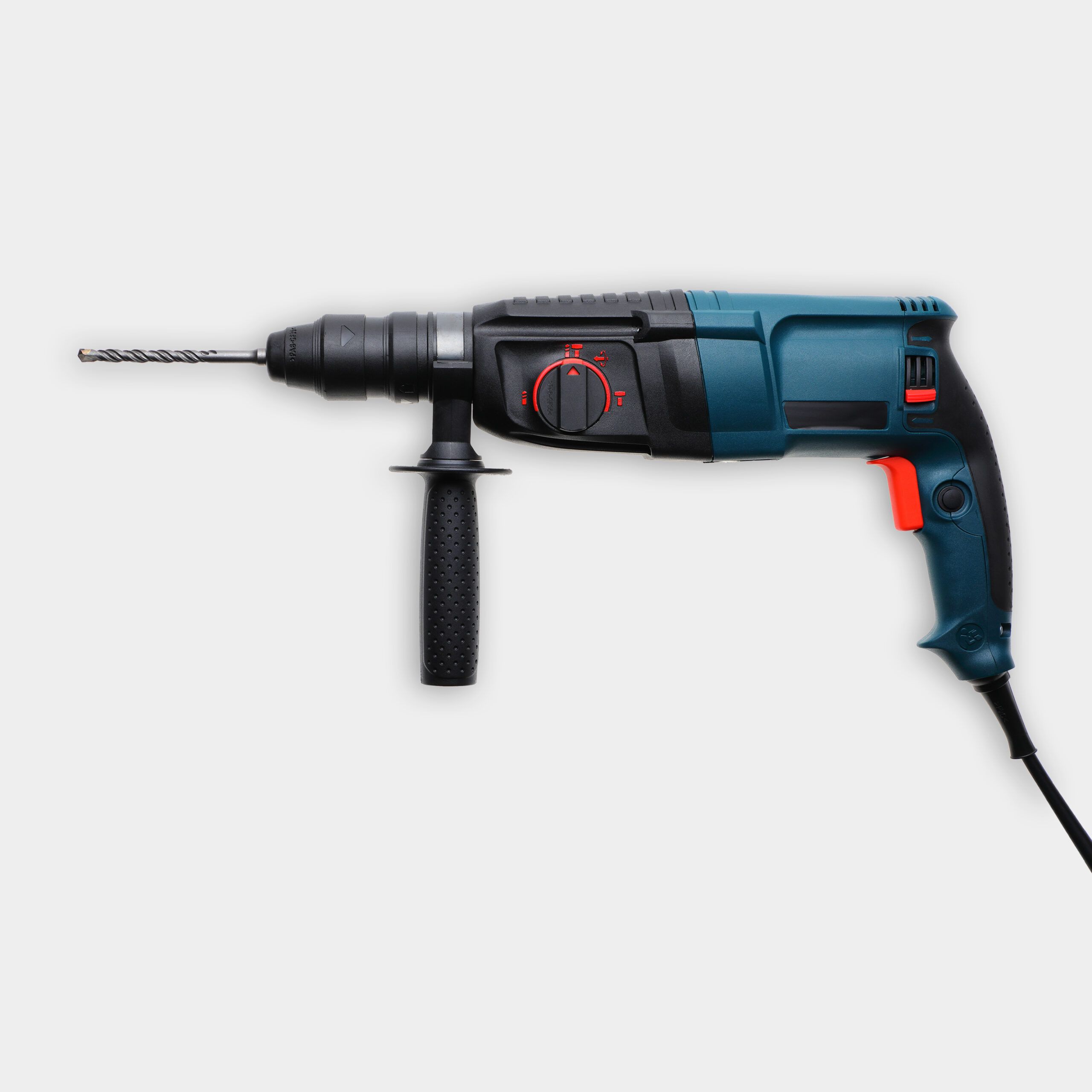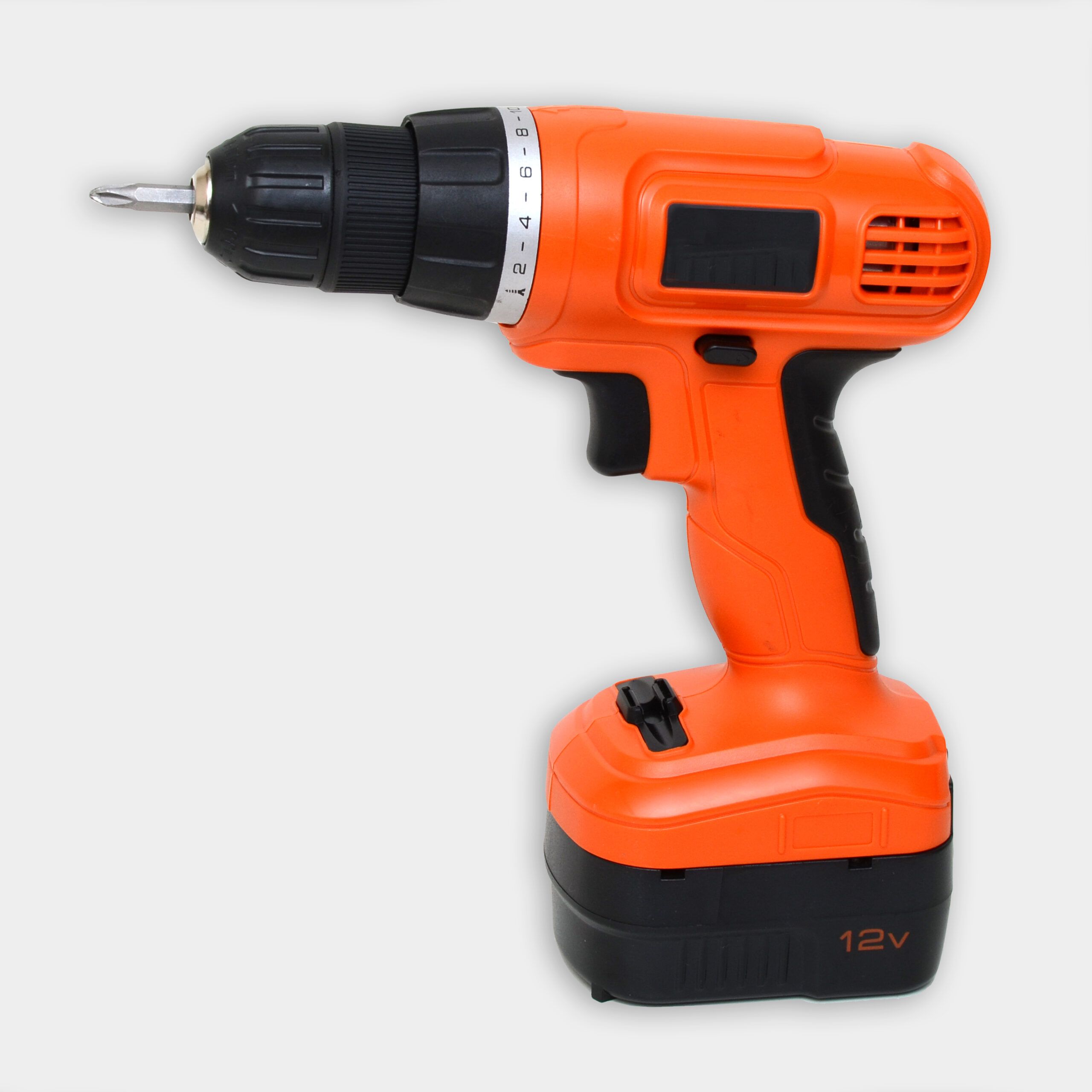We may be compensated if you purchase through links on our website. Our team is committed to delivering honest, objective, and independent reviews on home products and services.
Installing an outdoor wall sconce and recessed lights to your property improves visibility while adding a touch of elegance. This project requires moderate electrical skills and can typically be completed in a few hours. In the video above, This Old House master electrician Scott Caron shows how to install an outdoor wall sconce and recessed lights at a converted church home.
Understanding the Project
Whether working with brick, wood, or other materials, using the correct tools and techniques to get the job done efficiently and safely.
Materials Needed
Choose recessed light fixtures suitable for wet locations to ensure longevity and safety. Take into account factors such as light intensity, energy efficiency, and bulb type when selecting your fixtures. LED bulbs, for example, provide bright illumination while minimizing energy consumption and maintenance.
You’ll need electrical boxes, with a pancake box for the sconce, to house and protect wiring connections. You’ll also need wire nuts to safely connect wires, electrical tape for added security, and weatherproof caulk to seal any openings. Get mounting screws and LED bulbs if they’re not already included with your fixtures.
Tools Required
- Chisel
- Drill/driver
- Hammer drill if working with brick or concrete
- Hole saw bits
- Pliers
- Safety glasses
- Screwdriver
- Voltage tester
- Wire stripper
- Work gloves
Preparing the Installation of a Wall Sconce and Recessed Lights
A well-organized setup will save time and help prevent common mistakes or setbacks.
Safety First
Always prioritize safety when working with electricity. Begin by turning off power to the circuit at the main electrical panel to eliminate the risk of electric shock. Confirm the power is off using a voltage tester. Wear safety glasses and work gloves to safeguard against potential hazards. If working on a ladder, ensure it’s stable and have a helper spot you for added security.
Removing the Old Fixture
Start by removing the existing light fixture from the wall. Carefully detach it, making sure to handle connections and wires gently. Inspect the wiring and electrical box to assess its condition and compatibility with your new fixture. If there’s no electrical box present, you’ll need to install one. This ensures a secure and compliant setup for your new lighting solution.
Evaluating Existing Wiring
Examine the wires’ condition, looking for any signs of damage or wear that may require repair or replacement. Ensure that the wiring meets current safety standards and is sufficient to support the new fixtures. If you spot any issues, consult a licensed electrician to address them before proceeding with the installation.
Installing the Outdoor Wall Sconce
Here’s how to install the wall sconce correctly.
Mounting the Electrical Box
When mounting the electrical box, the type of surface you’re working with will influence your approach. If you’re working with masonry, such as brick, concrete, or granite, follow these steps:
- Use the pancake box as a template to trace its outline on the wall.
- Drill pilot holes with a hammer drill to facilitate the chiseling process.
- Chisel out the area to create a recess for the box, carefully removing enough material to ensure a snug fit.
- Fish the existing wires through the box and secure it with appropriate fasteners, making sure it is tightly anchored to avoid movement or loosening over time.
For siding or other materials such as wood or metal:
- Use a hole saw to cut an opening for the electrical box, making sure the cut is clean and accurately proportioned.
- Insert the box and secure it to the structure using screws or fasteners that are compatible with the material.
Wiring the Sconce
Once the box is in place, it’s time to wire the sconce for a reliable connection. Begin by attaching the mounting bracket to the electrical box. Connect the ground wire to the green screw on the bracket. Match and connect the black (hot) and white (neutral) wires from the house to the corresponding wires on the fixture using wire nuts. This creates the electrical path needed for the sconce to operate. Wrap connections with electrical tape for added security to prevent accidental disconnection or exposure to elements.
Securing the Fixture
Completing the installation involves ensuring the fixture is securely mounted and protected from the environment.
- Carefully tuck all wires into the electrical box to prevent pinching or exposure.
- Mount the fixture to the bracket, ensuring a snug fit against the wall, which prevents water or debris from entering.
- Apply weatherproof caulk around the edges to prevent water infiltration, sealing any gaps that could compromise the installation.
- Install the appropriate bulb and any decorative elements, ensuring everything is tightly and properly affixed to complete the installation. This step not only finalizes the process but also sets the stage for testing and commissioning the light.
Adding Recessed Lighting
Next, you’ll install the recessed lighting to add some subtle illumination to your outdoor space.
Cutting the Openings
Installing recessed lights involves precise and careful work. Here’s how to do it:
- Mark the locations for your lights, ensuring even spacing to provide uniform lighting coverage across the area.
- Use a hole saw to cut openings in the ceiling material, paying close attention to the size needed for a snug fixture fit.
- Be cautious of any wiring or structures in the ceiling, avoiding accidental damage that could compromise safety or operation.
Wiring and Mounting
Follow these steps to wire and mount the recessed lights effectively, creating a safe and durable installation:
- Run electrical cable to each fixture location, ensuring the cable is properly rated for outdoor use.
- Connect the wires to the junction box on the recessed light housing, following the manufacturer’s instructions.
- Insert the housing into the ceiling opening, taking care not to crush or damage any wires in the process.
- Secure the housing using the built-in clips or mounting brackets. They should be tightened and locked into place for a stable fit.
- Install the trim piece, getting a tight seal against the ceiling to prevent water ingress or debris collection.
Finishing Touches of Installing a Wall Sconce and Recessed Lights
The final steps complete the transformation of your exterior space.
Testing the Lights
Turn the power back on at the main panel. Test each light to check that all are working properly, observing for flickering or unexpected behavior. Conduct a thorough inspection to confirm everything is operating as intended.
Adjusting and Aiming
For the best lighting effect, make any necessary adjustments to the fixtures.
- Adjust any directional recessed lights to highlight specific areas, such as pathways, entryways, or landscape features.
- Ensure the wall sconce is level and positioned correctly.
- Consider adding a dimmer switch for greater control over light levels, allowing you to tailor the environment to your needs.
Maintenance and Care
Periodically clean fixtures to prevent dirt and debris buildup, which can affect light output and fixture appearance. Check seals and gaskets to make sure they’re still intact and effective—this helps protect the system from moisture and contaminants. Replace bulbs promptly when they burn out. With proper care, your outdoor lighting system will remain a reliable and attractive feature of your home.
